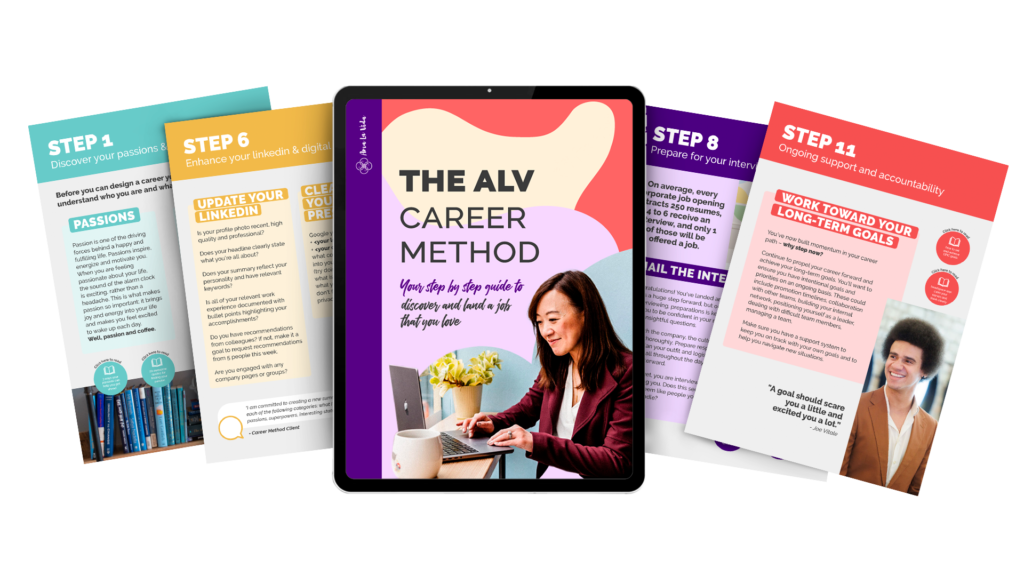Ageism in Job Descriptions: How to Read Between the Lines

It’s hard enough today to understand exactly what a job description is asking for. Many companies are calling their tasks so many different things (is a marketing manager and an evangelist really the same thing??). And while the Age Discrimination in Employment Act of 1967 (ADEA) offers protection for workers over 40, it does not offer protection for those under 40, although many states have protection for those workers. Either way, younger or older, the folks in hiring have found clever workarounds to the ADEA. One thing is for sure, learning how to read between the lines is critical to know how a company feels about the most junior and senior of our workforce. Let’s dissect some of those ageism masks present in job descriptions!
Ageism in Job Descriptions
“Start-Up Atmosphere” or “Energetic Person Sought for Young Company”
These phrases are supposed to summon images of workers hanging out in a common space, brainstorming and playing ping pong. Workers who are willing to blur the lines of professional-personal life balance. Workers who want to socialize with each other on the regular. Who is not welcome to this party? The “older” worker.
While it’s hard to definitely put a specific number on what the operational definition of older is, a good rule of thumb that is that if you think wearing jeans and sneakers to the office isn’t a good first choice, then you are probably an “older” worker. Older workers must work to show their adaptability and value of experience to an employer like this.
“Three to Five Years of Experience Required” or “Seven to Ten Years of Experience Required”
This is a tough one! The Equal Employment Opportunity Commission (EEOC) is clear that setting a minimum experience level is okay, but it must be open ended. Hiring companies take this a step further by closing the experience loop. This is harmful to both the younger and older worker.
By closing the loop at five years, the hiring organization is trying to ward off the older worker, by letting them think they will be “overqualified” for this job. This doesn’t take into account a worker who is pivoting their career or looking to scale back their career seniority.
By opening the loop at seven years and then closing it at the ten year mark, the hiring company is telling a younger worker because you don’t have a certain number of years in the workforce, you can’t possibly be qualified to do this job. This excludes awesome prospective workers who have an inherent talent, skill or savviness, but are just missing the years. Or a new worker who has potential to learn, and hasn’t had the chance to accrue any forma experience yet.
Other phrases that fit into this category are “Experienced worker for….” Or “Recent College Graduate”.

“Cultural Fit”
This is not unlike “Start-Up Atmosphere”, except this leaves the definition very vague and can apply to both the younger and older applicant. This typically means that they want the new employee to assimilate with the existing staff.
The best way to find out what a company would mean by cultural fit is to look at the leadership and workforce they already have. This can give you some clue as to how they define “culture”. You can also check Glassdoor, check the company’s website and LinkedIn page. Don’t forget to do a Google search to see what comes up. This should give you enough information to know if you feel like you would be comfortable working for this company!
“Digital Native”
Yup, you read that correctly. And may be thinking who (or what) exactly is a digital native? If you are asking yourself that question, you are probably NOT a digital native, but a digital immigrant. Or translated: digital native = younger worker, and digital immigrant = older worker. Digital natives are typically defined as someone who is comfortable with technology at an early age.
This just further enforces the message that older workers aren’t comfortable with changing technology. It also rules out many experienced workers who are techno-philes and have some archival knowledge that can help companies come up to speed with technology and its processes even faster!
“Physical Ability to …..”
Some jobs absolutely need you to be able to physically do something as it is critical to the success of that job. But many other job descriptions add this bullet in to discourage an older worker from applying. It’s subtle, and you need to read job descriptions thoroughly to check for ageism and see how “accurate” the physical ability is.
“Proven Experience” or “High Performer”
Younger workers need not apply! The takeaway is that it’s hard to have proven experience or be a high performer if you haven’t worked very long. These are some key words to make a younger worker think that this job may be too senior for them. If you think you have what it takes, don’t be dissuaded by these words! Instead show concrete examples of how you have proven experience and are a high performer.
Breaking Through the Clutter
Some ways to circumvent these phrases is to read the job description very carefully and be sure you align with the true skills they are asking for. Then be sure to optimize your resume with the keywords from the job description. Pull dates off your education, that way you can’t be “dated” from your resume. Keep your listed experiences to things that are ten years and younger. And don’t forget about skills that you may not have gained “formally”, but are highly transferable.
Check out the company, does it feel like a place you want to work? See if you can make a connection with a current employee for an informational interview. This helps to gain some insight on how the company treats all its employees.
Additionally, work hard to always keep your skills current, maximize your LinkedIn, brush up on your interview skills so you are prepared to answer questions about your adaptability, ability to learn new things and how you work in a diverse environment.

Ageism exists, but you can find it in job descriptions! The best offense to ageism, whether you are a younger or older worker, is to show how your value will resolve a challenge for the hiring company, and how you will have a positive impact on their organization.








